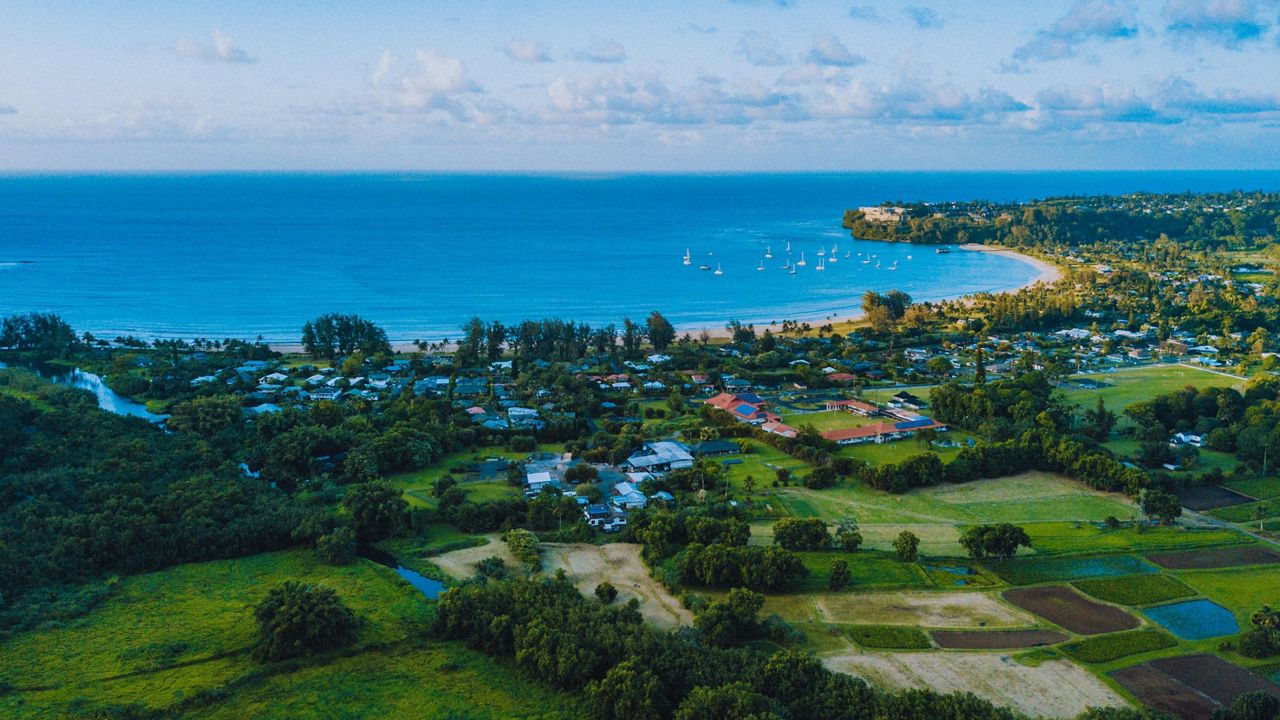Kauai residents see tourists and the tourism industry in an overwhelmingly positive light when viewed through the lens of so-called “regenerative tourism,” a travel philosophy that seeks to provide visitors with opportunities to counterbalance social, economic or environmental impacts of tourism via enjoyable, educational activities, according to a new University of Hawaii study.
In Hawaii, regenerative tourism might involve visitors replanting native tree species to offset the carbon footprint of flying to the state, removing invasive plant species from hiking trails, or working in a loi kalo to learn more about Hawaiian culture.
Jerry Agrusa, a professor at Shidler College of Business’s School of Travel Industry Management and co-author of the study, oversaw a survey of 463 Kauai residents that found 96.3% responded favorably toward regenerative travel and 98.7% responded likewise to tourist attractiveness.
Results from the study were published in the June 2022 edition of Journal of Travel Research.
The survey is one of the first to collect resident responses to an emerging tourism sector that has not been broadly researched.
“Before COVID in 2019, there was actually a pushback by the residents of Hawaii, they felt like there were too many tourists — the term ‘over tourism’ came up,” said Agrusa, who has published extensively on issues related to tourism in Hawaii. “When COVID came and we locked everything down in 2020 and we had 200,000 people unemployed in one month, it was an opportunity to stop and say, ‘Let’s see what we can do to improve tourism from all stakeholders' perspectives — including the residents — when we open back up.’ One of the things that we were able to do is try to target the type of tourist that we want.”
Survey participants were asked to respond to statements like, “Tourists visiting Kauai should participate more actively in activities that help in reversing climate change,” (regenerative tourism); “I would like spending time with tourists who participate in regenerative tourism” (tourism attractiveness); and “I would make direct criticism of tourists if they violate local guidelines on health and safety” (travel shaming).
Overall, the study found that regenerative travel positively affects residents’ support for tourism development; regenerative travel positively affects tourist attractiveness; and travel shaming tempers the effects of regenerative travel on tourist attractiveness.
“Keeping guard of the residents’ support for tourism development is highly critical for practitioners today while they develop and implement policies to manage tourism destinations,” according to the study. “Contrary to the closed-doors policy during the COVID-19 pandemic, the post-pandemic global tourism needs to welcome destination-healing mechanisms (regenerative travel), inclusive of major stakeholders involvement (residents and tourists) to gradually restore and develop destinations.”
Michael Tsai covers local and state politics for Spectrum News Hawaii.
